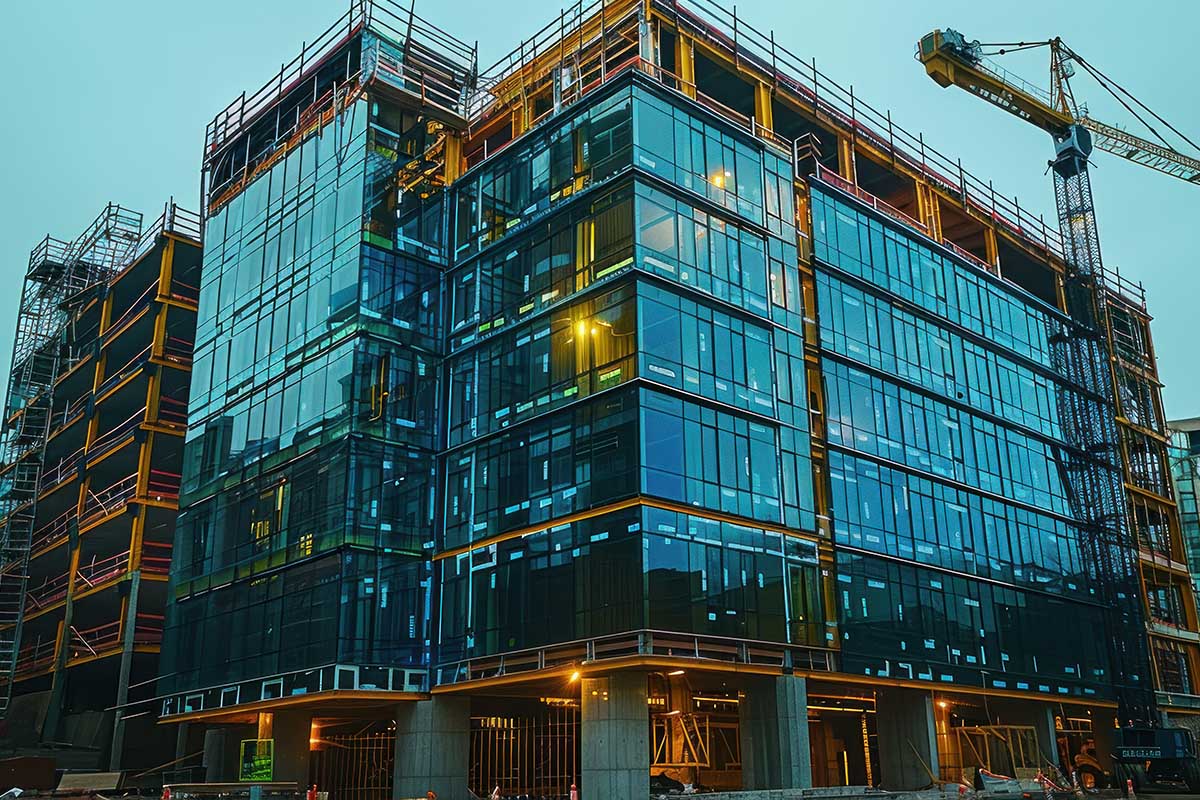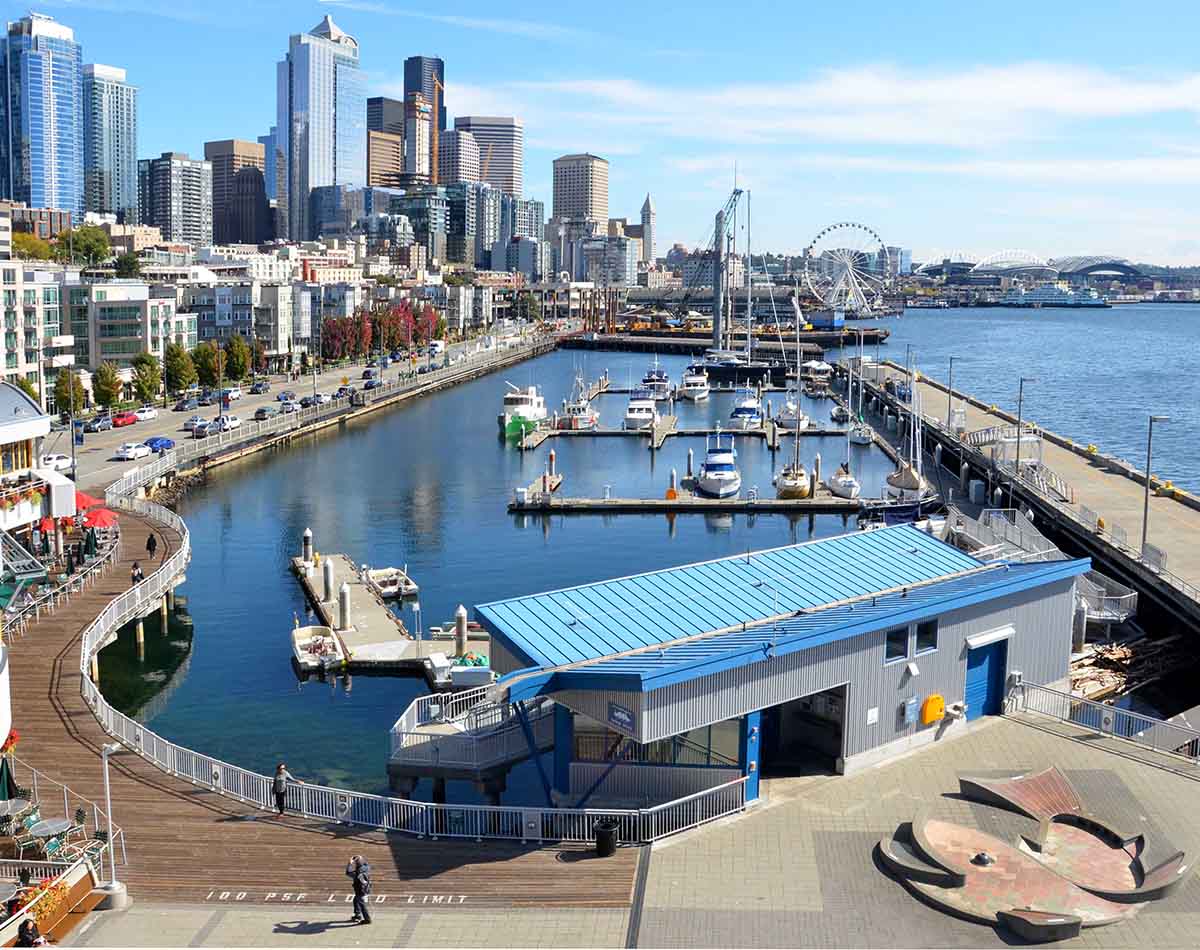Rising Material Costs in Commercial Construction
✨ Key Points
Plan and Adapt Strategically – Accurate cost forecasting, realistic timelines, and inflation-adjusted budgets help commercial projects stay on track.
Strengthen Supplier Partnerships – Building long-term, diversified relationships with suppliers ensures stability, better pricing, and access to materials.
Leverage Technology & Sustainability – Tools like BIM, real-time analytics, and eco-friendly materials cut costs, improve efficiency, and reduce waste.
The commercial construction sector faces numerous challenges, yet the past few years have introduced distinct hurdles.
Managing project expenses has grown more complicated, influenced by inflationary trends and ongoing material shortages.
For both commercial construction companies and their clients, it is crucial to understand how to address rising material costs in commercial construction to keep projects on schedule and within financial limits.
By exploring some actionable strategies for controlling construction costs, there are workarounds to these costs that can help commercial construction businesses to save more money.
Focus On Efficient Project Planning
Efficient project planning for any commercial construction austin serves as a strong safeguard against unforeseen cost escalations.
Initially, focus on comprehensive cost analysis and forecasting to consider existing material expenses and possible variations.
One way to budget efficiently is to consider inflation.
Engage with your project team and financial consultants to allocate contingency funds for inflation.
Regularly update your budget with the latest market data to keep it accurate and help your business adapt to rising material costs in commercial construction without sudden, costly changes.
Secondly, consider realistic timelines.
Consider possible delays arising from material shortages and price changes.
An adaptable schedule can help you avoid expensive last-minute solutions or rush shipping costs.
Develop Strong Relationships With Suppliers
Building dependable relationships with suppliers can provide a competitive advantage in times of material shortages.
Creating these partnerships can lead to prioritized access to materials, adaptable pricing options, and advance notifications regarding market fluctuations.
Negotiating long-term agreements can help you develop a strong relationship with a supplier.
Whenever possible, collaborate with suppliers to establish fixed prices on crucial materials through long-term contracts; this approach can lead to more consistent pricing and assist in securing materials.
It’s also a good idea to diversify suppliers so that you have options if something was to go wrong.
Avoid depending on just one source for essential materials.
Collaborate with various suppliers from different regions to reduce the risk of localized shortages or sudden price increases.
Utilize Technology for Expense Management
Improvements in construction technology can greatly enhance cost management.
Technology facilitates superior planning, monitoring, and adjustment to evolving circumstances, ranging from project management applications to real-time pricing information.
BIM (Building Information Modeling) can be used for cost forecasting so that you can predict the trends of the market.
It can improve cost estimation and assist in recognizing cost-saving opportunities prior to the commencement of construction.
Use real-time data and analytics software that offers current pricing information on materials, enabling you to modify budgets in real time. Moreover, AI-driven solutions can pinpoint opportunities for cost savings throughout the construction process.
Employ Sustainable and Energy-Efficient Practices
Sustainable practices frequently lead to savings in the long run Numerous sustainable materials qualify for tax benefits and can be more economical over time because of their durability and lower maintenance requirements.
Look at energy-efficient systems.
Consider investing in energy-efficient lighting, heating, and cooling systems.
Although the upfront cost might be greater, these systems lead to lower operating costs over time.
Invest more in using recycled materials. Utilize recycled or reclaimed materials, as they can often be more cost-effective than new resources.
Numerous recycled materials possess comparable durability and reliability, providing a sustainable option during times of scarcity.
Use Value Engineering Wisely
Value engineering refers to a method of discovering cost-efficient alternatives that maintain quality and project objectives.
It can serve as a valuable resource when confronted with increasing material expenses.
Consider material alternatives.
Whenever feasible, explore alternative materials that provide comparable performance yet are more budget-friendly or easily accessible.
For example, using engineered wood in place of steel can serve as a cost-efficient alternative.
Implement smarter design choices.
Work together with architects and engineers to pinpoint design changes that minimize material consumption.
Minor design tweaks can decrease expenses while maintaining the integrity and visual appeal of the structure.
Communicate The Impacts of Costs With Customers
Clear communication with clients is essential, particularly in unstable market conditions.
Keeping clients updated on possible price hikes and material shortages aids in managing expectations and builds trust.
Arrange regular meetings to discuss the budget, especially when market conditions change unexpectedly.
Assist clients in grasping the challenges within the industry and the measures you are implementing to control costs efficiently.
This transparent communication can help avoid frustration due to unforeseen changes.
Implement JIT Ordering Where Possible
JIT (Just-In-Time) ordering reduces the risk of overpaying due to price fluctuations.
It can also help avoid the expenses linked to storing surplus inventory.
For materials that are still facing supply chain challenges, it may be essential to place orders well ahead of time.
In contrast, for items with more reliable delivery schedules, JIT can assist in reducing costs.
However, exercise caution when applying JIT to critical or irreplaceable materials, as any delays could hinder the entire project.
Consider the cost benefits of JIT in relation to the possible risks and make well-informed choices.
Demonstrate Your Focus On Waste Reduction
Minimizing waste can greatly help in controlling expenses, particularly when materials are costly and limited.
There are various strategies available to reduce waste, ranging from meticulous planning to enhancing efficiency on-site.
Minimizing waste can greatly help in controlling expenses, particularly when materials are costly and limited.
There are various strategies available to reduce waste, ranging from meticulous planning to enhancing efficiency on-site.
It would be beneficial to train teams in the efficient handling of materials, ensuring that only what is necessary is used and that reuse or recycling is prioritized whenever feasible.
Reducing material waste can lead to a direct decrease in costs.
Increasing material expenses and supply chain interruptions affect construction projects globally, yet meticulous planning, strategic partnerships, and the use of technology can lead to substantial improvements.
By focusing on effective project planning, utilizing technology, and building strong relationships with suppliers, your commercial construction firm can effectively control costs in the face of inflation and material scarcity.
Be sure to call your local commercial construction company to help you save the most during a time of rising costs and insecurity of supplies.




















